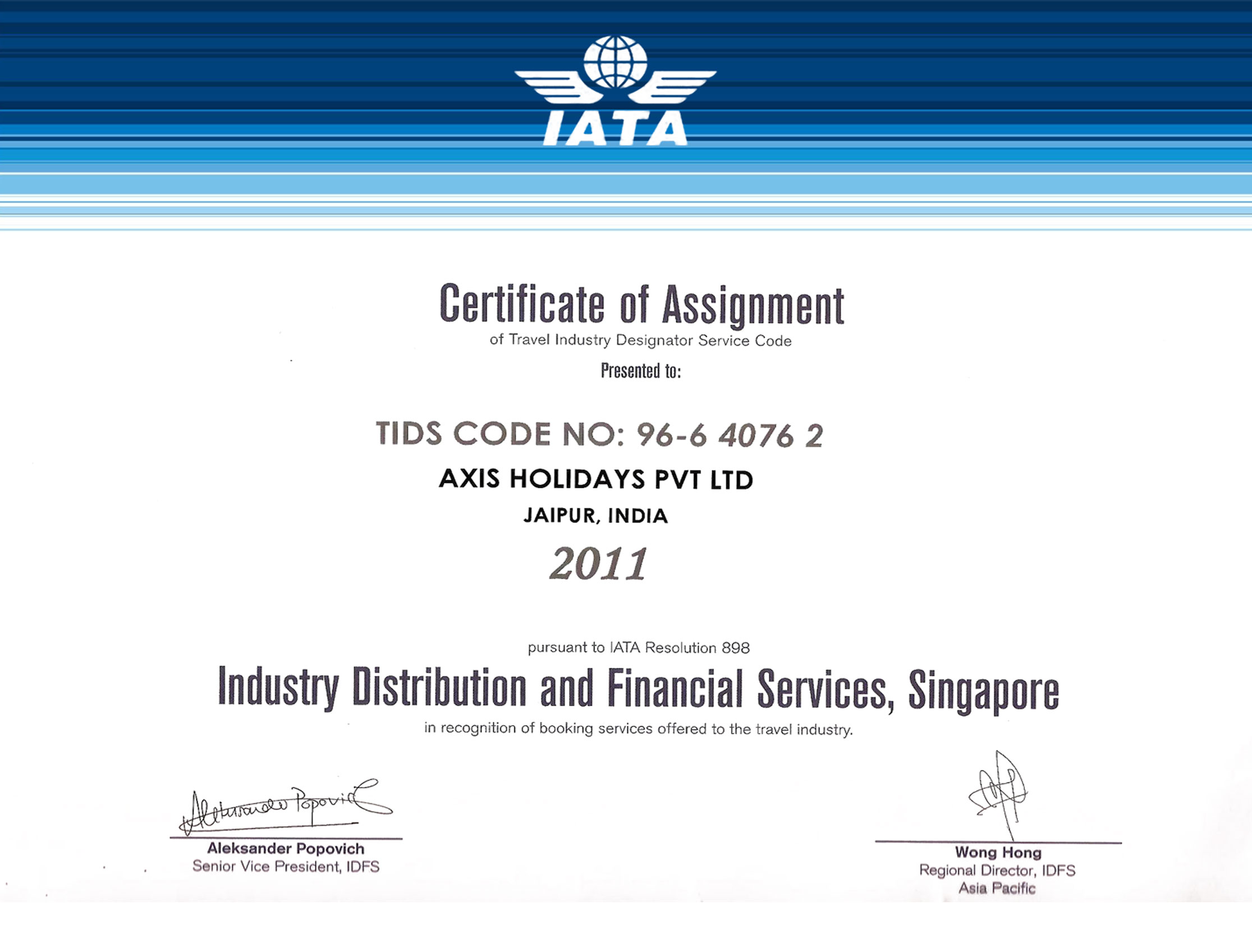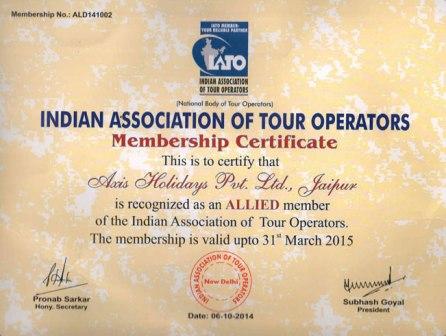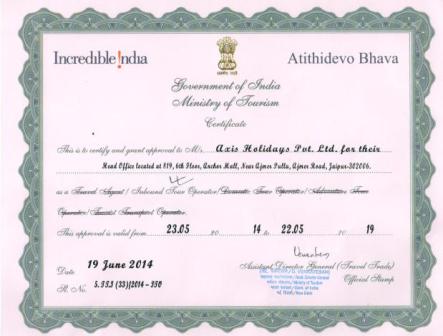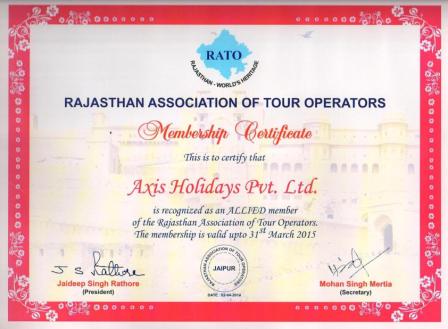
Folk Music and Dance
For centuries Rajasthan has been synonymous with romance a desert state with marital kingdoms where not just tales of valour splendid forts and fairytale palaces but also its rich repertoire of art and culture have played a significant part in bulding its heritage. Vistors associate it as much with history as with music and dance. Indeed it is not unusual for them to see musicians, bards, singers, performers, and other entertainers even by the streetside. Music and dance have been woven into the social fabric of Rajasthan. The rhythms of celebration will accompany one throughout ones visit to the state.
As in most folk traditions, there are songs and dances to celebrate every aspects of life – birth, naming ceremonies, marriage, the chaning seasons love and separation, or devotion to God. These events are deeply enmeshed within the lives of the people and they have zealously their cultural traditions and historical legacy.
FOLK MUSIC
It has been said the to here the maand on a moonlight night is to understand, however, breifely the enduring romance of Rajasthan for this most classical and hypnotic of the melodies is a plaintive rendition of the state’s saga of chivalry, duty, love and sacrifice all knitted together into the notes of the maand singer.
Rajasthan’s oral tradition of music was carried forward by communities who devoted themselves to the arts, and has only recently been convered into the written form. Given continuity by this communities, their songs, created by the folk bards in the pas, continue to be sung today, and newer diamensions have been added to their ritualstic performances.
Rajasthan’s ritual calendar, as in the rest of inddia is based on the movement of the moon. Accordingly, songs, dances, festivals use this vast canvas to express a range of emotions that manifest themselves round the year. If this are songs that relate to the themes of love, separation, union with the beloved, then there are also seasonal festivals that help nurture bonds of brotherhood and amity. Among the most popular of these folk songs are Panihari, Nihalde, Chirmi, Endoni, Morubai, and Gorbandh. Local idioms such as the peacock cuckoo, the arrival of clouds and friends and relatives all form aspects of musical expressions. For example, songs sung on the festival of Gangaur and Teej symbolize marital bliss, while others during festive season of Holi express the abundance of spring, and certain licentiousness in inter-personal relationships. Holi falls in the month of Feb-March when bacchanalian songs and the being of the chang act as expressions of devotion amisdts people. As well as between man and nature. A large of storehouse of holi songs, variously groupled together as Dhamal, Holi and Rasiya, form part of the season’s collection of romantic, even ribald, songs.
Spread over the year as songs related to every occasion in one’s life. Ceremonial songs on the birth of a child’s naming and sacred thread cenemony and wedding songs are every household’s joy. Religion, life and nature are woven into a single strand through these songs. Devotional songs sung over night – soirees called Ratijagas express the devotional fervor of the people. These songs begin with rhythm that gradually buildup into a crescendo of cymbals, algoja, kettledrums, conches, and brass plates. Songs composed by same poets such as Kabeer, Meera, Malookdas and Raidas from part of this rich treasury.
Communities of Musicians
Since music and dance has speed into every aspects of life,it stands to reason that Rajasthan built up communities of entertainers and skilled performers.Every village in the desert has its own group of bards,referred to asCharans and Bhats,the two communities known for their skill in composing and singing.Traditionally,they composed songs to inspire Rajput warrior kings to heroism.The Bhopas,on the other hand, are wandering minstrels who sing songs in praise of village deities.A painted scroll helps them elaborate their lyrics of derring-do, and sometimes entire families participate in the telling of these tales.Bhopa singers travel from one place to another.Those singing the Bagadawat belong to the Gujjar or Kumbhar community.The Kamads sing the tale of Baba Ramdeoji,while the Thoris and Nayaks sing the title of Pabuji.The Bhopas dress in a long, red gown with a band tied to their waist. They use the ravanhatta, a stringed instrument,for accompaniment.Jantar,manjeera,algoja,damru,dhol,kansi ka kochla and ektara are other instruments used in different regions by this community.Another group of travelling,singing minstrels are the Jogis who narrate ballads of romance,valour,sacrifice and devotion.
During the festive seasons, at different fairs,the locals are entertained with forms of group singing.Of these,turra and kalang are popular styles of poetry prevalent in village fairs and festivals.There are danglas or taalbandi organized on such occations where groups of singers sing traditional verse and sometimes compose poetry on the spot to win a competition between rival groups.During night-long soirees called raatijagas,folk singers sing devotional songs of Kabir,Raidas,Malukdas or Meera while percussion instruments build a crescendo akin to a religious trance.
The Jasnathi Sidhha, or Jogis, are travelling singing mendicants of the kind found in other states of India too.Kanjar,Sansi,Nat and Kalbelia tribes have their own musical traditions as communities, and the Kalbelias, in fact, have now become professional dancers and singers even though they were not entertainers by origin.
In recent years, however,the most attention has focused on the Langas and Manganiyars,two communities from western Rajasthan who have travelled all over the world with their splendid command over music., though labeled a folks style the formal nature of their tenor could be almost classical. They provide music and song for people of the state for most occasions of their life.
FOLK INSTRUMENTS
While the susurration of the wind is what many would associate with a desert,Rajasthan is closely lined with a wide verity of music and naturally, musical instruments. These instruments are as often made by the people who play them.And there are specialized groups of people who devote their livelihood to creating these instruments.
STRING INSTRUMENTS: String instruments produce the fine sounds thatreverberate throughout the state.These are great favourites with most bards and minstrels. It is not uncommon to see folk musicians playing on string instruments at popular tourist sights.
The Langa musicians use the Sindhi sarangi,a multi-stringed instrument requiring manipulation with fingers and the bow.There are Gujartan, Dhani and Jogia sarangis beside the ravanhatta used by the Thori or Nayak Bhopa singers, which is a simpler version of the sarangi.
The jantar used by the Dev Narainji Bhopas has two gourds attached with a variety of strings.Another four-or five-stringed instrument in this category is the chautara which is used as accompaniment for the bhajans or hymnal singing during the night long raatijagas. The terahtali dance is performed to the accompaniment of this instrument and harmonises well with the fluid movements of the dancers and the regular clinking of the bells tied to their hands and legs.These strangis have tinking bells called ghungroos attached to the bow.
Bhapang is a single- string instrument that emits a unique sound because of the gut strings passing through a skin parchment.The musician manipulates the tension on the strings to emit high and low pitch sounds to accompany the Jogi singers as well as other folk singers.
The morchang is a simple instrument barely six inches in length.It has just one string that is attached to a metal stick.Its sound is evocative of the vast ,open stretches of desert.
WIND INSTRUMENTS:More ceremonial in nature, wind instruments are identified ommonly as shehnai.Some wind instruments are valued less for their musicality and more for their shape.For example,the ceremonial bankia and nagphani are long metal instruments that have a strong visual rather than a musical value.Both instruments are associated with music related to war ,though they are now used to accord a welcome to visitors.
A wide variety of flute-like wind instruments are also in use.The peli,used by the Mero tribe of Alwar,is small in size.The algoja, common all over Rajasthan, is an assembly of two flutes.Even this has two or three varieties.Some algojas have two different sized flutes used for different sounds. One may emit a drone while on the other the artist plays a tune.Murla,another wind instrument, is used by Langa singers while the powri is used by the Kathodi community.It is akin to the flute used by the Bhils.The Kalbelia tribe use the been or poongi which is more refined than the murla used by the Langas.The been has a hollow gourd to wich flutes are attached .It creates a constant bass that acts a backdrop to the variation of notes played by the artist.
The mashak ,heard only in the interiors of the state, is played by the Bheron Bhopas and needs great dexterity to play.A finer version of the mashak can be seen in the bagpipe band of the Indian army.
AUTOPHONIC INSTRUMENTS:Autophonic instruments form an important accompaniment to folk music.They are usually simple and easy to play.The ghanta,thali,ghungroo and khartaal are the most common among them.Thery are most often used as accompaniment to vocal and instrumental music.
The ghanta is used in temples for ritual pooja or prayer ceremonies.The thali, a metal platter, is the most homely of instruments, used during community group dances.The khadtaal is played most rhythmically by the Langa musicians.Another form of khadtaal commonly used in kirtans has small metal jinglers attached to wooden planks creates a beat that is used as a backdrop for bhajans.
PERCUSSION INSTRUMENTS:Percussion instruments form the basic rhythm of folk music and in Rajasthan they range from the simple dhol od dholak to the dhaf and damru.The nagara is the biggest of the family of percussion instruments.It is huge in size and its hollow is either made of metal or terracotta.A skin parchment is spread over the open face of the hollow pot.The parchment is stretched with the help ofgut stripes or strong cotton strips.One or two artists play on it with the help of wooden sticks.Mostly used during Holi or other community dances,its smaller version , called tasha, forms an accompaniment to the shehnai.Dhonsa and damdama are other large drums used on ceremonial occations.
The chang and dhaf are percussion instruments that are closely linked with Holi.These tambourine-like instruments are held in one hand ,while the player uses the other hand to strike up a rhythm.Sometimes a thin strip of wood is attached to the finger of the right hand with which the percussionist provides a stronger beat.The dhafli or khanjari are smaller versions of the dhaf.They are used by Bhopas and Kalbelias.Kundi,a narrower drum,is used by the Garasia,Bhil and Saharia tribes during their community dances.The Jasnathi sidh singers use nagaru drums to accompany their religious songs.
FOLK DANCES
Any occation serves to get the people of Rajasthan to dance.Sometimes these are private celebrations, but just as often,there are enough festive occations during which entrie communities come to dance during the fairs that ar held.Holi is one such festival the evokes a festive mood in all regions of the state.While the tribals perform group dances during this season,a more vigorous manifestation of Holi revelries can be seen in the regions of Karauli and Bharatpur.The bam rasiya and rass are performed in groups where men dance to the tune of amorous Holi songs accompanies by dhaf,shehnai,thali and other instruments.
The gair dance is well known to the Marwar region of Rajasthan.The men wear long , flowing gowns and tie a red sash to their waists.Their colourful turbans match their attire and they perform a virile dance in circular movements to the accompaniment of music.
The walar dance of the Garasia tribe uses the same circular formation and is akin to the ghoomar performed by the Bhil tribals.Another form of ghoomar is a more sophisticated version believed to have been danced in the royal places of Rajasthan.It has soft, graceful movements and is particular to the Gangaur and Teej festivals.
There are various ceremony- related dances in the state.The chari dance by the women of the Mali community is performed to welcome a bridegroom.The dancers balance brass pots on their heads and sometimes light a fire using cotton seeds dipped in oil.The red and yellow colour of their attire and the flame in the brass pots creates a visual treat.Kachchi ghodi is another welcome dance performed on ceremonial occations.A dancer gets into the elaborate gear of a prancing horse and capers across the stage, delighting audiences.
Easily the most mesmerizing of dance forms is the Kalbelia snake dances.The dancers wear full black skirts with silver trims and sway sinuously while arching their backs to create a most satisfying performance.
Religion has been a catalyst in the creation of the cultural manifestations of the state and given it its repertoire of religious dances and songs.The women of the Kamad community perform the terahtali in the form of a musicial submission to the gods.The women dancers have manjeeras or cymbals tied to different parts of their arms and legs which they strike one by one to the accompaniment of the music. The Jasnathi agni or fire dance has performers running aok over a bed of live coals and is performed for effect on winter nights.
An interesting admixture of theatre, music and cance are the performances known as khayal or rammat. In this form of folk theatre, stories of romance and bravery are enacted with prose or poetic dialogues, intermittently dotted with popular forms of dance. The plots usually revolve around the heroic tales of Dhola Maru, Nihalde Sultan and Amar Singh Rathore. A sutradhar or narrator interacts with the audience and provides continuity to the performance. The gavir dance drama of the Bhils comes closest to this in its intermixture of various musical forms. Puppetry is another form of entertainment that is a popular in the villages. The Bhat community of puppeteers are as good at making puppets as they are at enacting historical episodes in makeshift theatres.
The Jaipur Gharana
No teatise on the music and dance of Rajasthan would be complete without referen to the Jaipur Gharana, Here under royal patronage and tutelage, the dhrupad style of music was popularized in court. The famous Dagar brothers have popularized the style in recent times through the style of singing vers in varying tempos has been part of the musical history of the country.
Equally, the north Indian classical dance form of Kathak too developed its own style in Jaipur. Here, instead of rhythmic pattern associated with the Lucknow gharana, it emphasizes movement over grace. As a result the footwork is rapid, competitive and exhilarating. The Jaipur Ghara of kathak continues to be studied and emulated by professional dances in the country.













